Running Shoes of Spring 2024: Best Sneaker Releases [Review]
Hey fellow runners, it's only March 2024, and we've already seen a slew of exciting running shoe releases to check out and test. In this post, we're going to share some of the best running shoes that have hit the market in 2024. Keep reading!
Saucony Endorphin Speed 4
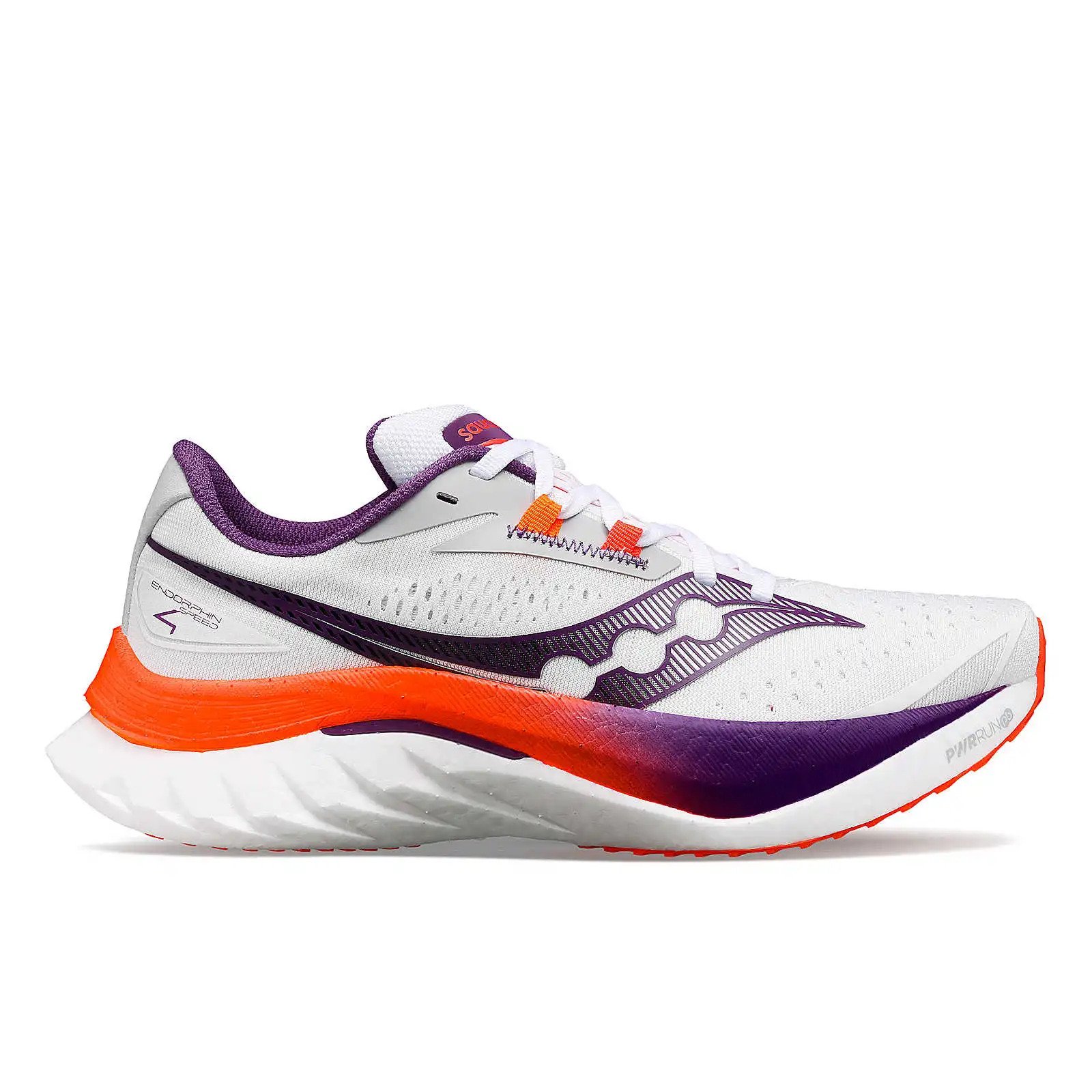
- Weight: M - 8.2 oz, W - 7.2 oz
- Stack Height: 36 mm / 28 mm
- Heel Drop: 8 mm
- Cushioning Type: Responsive/Balanced
- Amount of Cushioning: Highly Cushioned
- Stability: Neutral
- Recommended for: Speedwork
The Saucony Endorphin Speed 4 has taken things up a notch from its predecessor, the Speed 3, making it even more of a speed demon. This latest iteration is specifically crafted for uptempo runs and racing, thanks to its overall lighter design. The upper of the Speed 4 is now lighter and offers improved breathability. When it comes to the midsole, the Speed 4 delivers a more responsive and firmer feel, along with a more pronounced rocker. Additionally, the outsole of the new version provides enhanced traction. In short, while the Speed 3 was known for its softer feel, ideal for longer, more relaxed runs, the new Speed 4 stands out as a true speedster, perfect for more dynamic running.
Saucony Guide 17
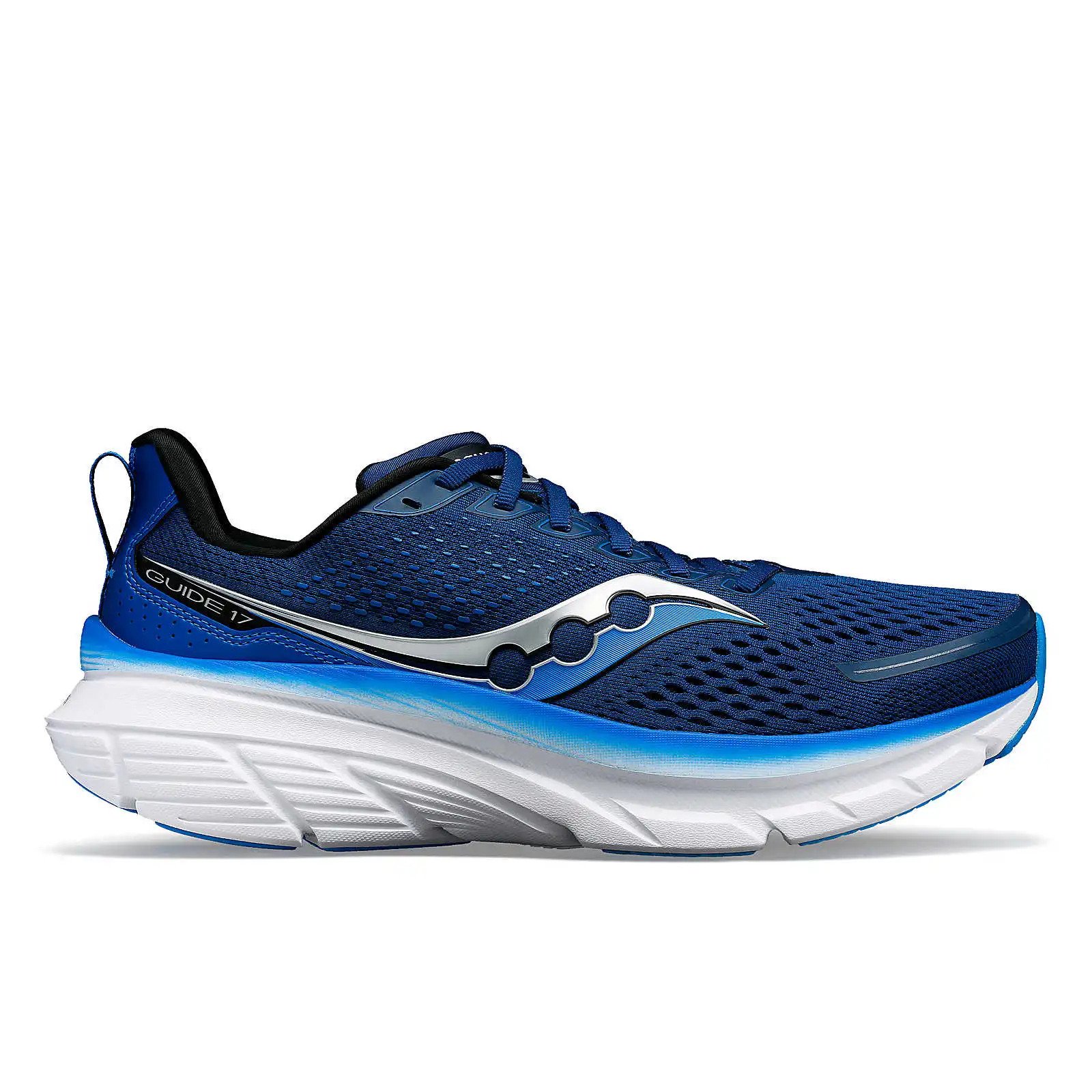
- Weight: M - 9.4 oz, W - 8.1 oz
- Stack Height: 35 mm / 29 mm
- Heel Drop: 6 mm
- Cushioning Type: Cushioned/Balanced
- Amount of Cushioning: Highly Cushioned
- Stability: Stability
- Recommended for: Daily Training, Long Distance
The Saucony Guide 17 is holding strong in the stability shoe league, making a big switch from the Hollow-Tech stability you saw in the Guide 16 to the new Center Path Technology. This upgrade means a wider base, taller sidewalls, and an asymmetrical shape that provides a smoother ride for a variety of arches. Another key update is the heel drop. The Guide 17 has beefed up its stack height in the forefoot by 2mm, adjusting the heel-to-toe drop from the old 8mm to 6mm. This change nudges the Saucony Guide 17 into the mid-level drop zone, a move that might give pause to runners who prefer a higher heel drop.
Asics Gel-Cumulus 26
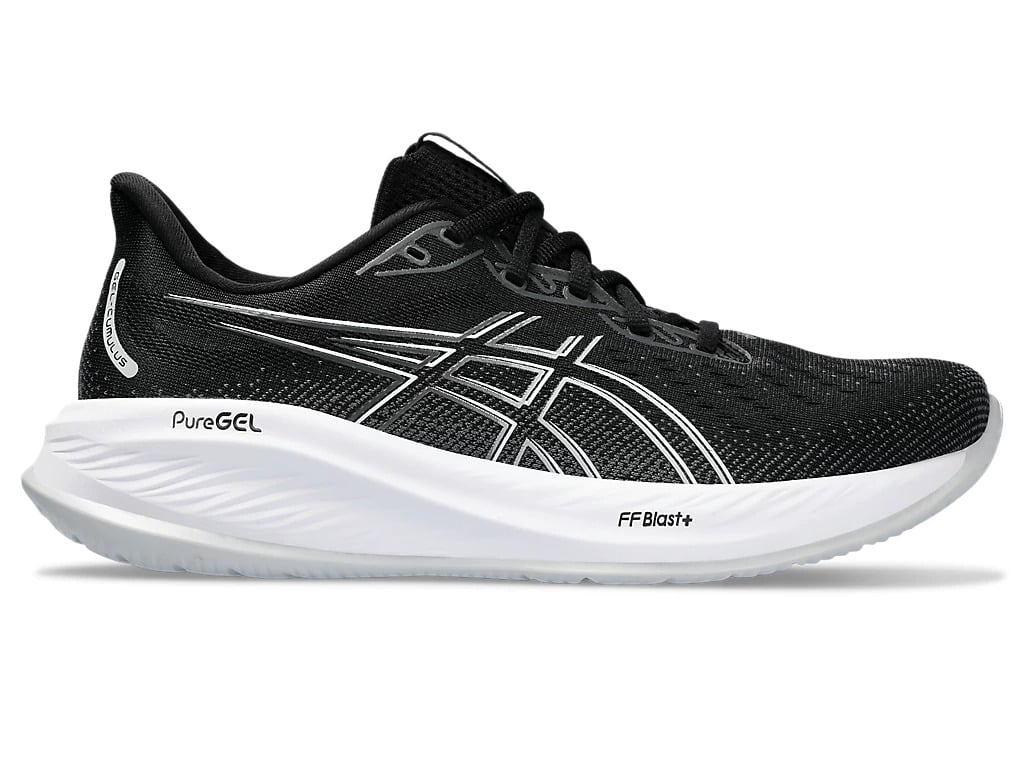
- Weight: M - 9 oz, W - 7.7 oz
- Stack Height: 38.5 mm / 30.5 mm
- Heel Drop: 8 mm
- Cushioning Type: Responsive/Balanced
- Amount of Cushioning: Highly Cushioned
- Stability: Neutral
- Recommended for: Daily Training
The Gel-Cumulus series has always been a fan favorite for its versatility and plush comfort. Taking things up a notch, the Gel-Cumulus 26 delivers with a revamped upper that's comfortable yet slightly less cushy than its predecessor, the Cumulus 25. Some runners have pointed out that while the upper offers plenty of room, those with low-volume feet might find it a bit challenging to achieve a snug fit. Additionally, the Asics Cumulus 26 introduces a sleeker heel design and the brand-new Fluidride foam-rubber outsole for enhanced traction and a smooth yet responsive ride. All in all, the latest Cumulus emerges as a solid daily trainer that features a pleasing neutral rocker, a lighter construction, and a more traditional, solid ride.
Asics Gel-Nimbus 26
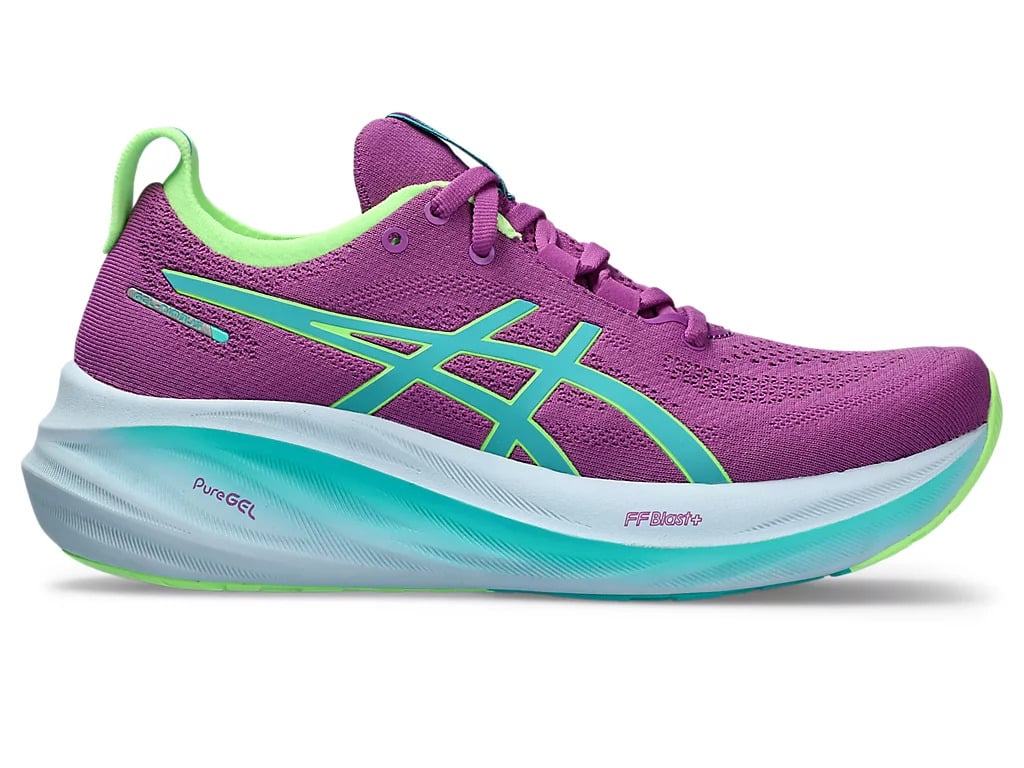
- Weight: M - 10.7 oz, W - 9.2 oz
- Stack Height: 41.5 mm / 33.5 mm
- Heel Drop: 8 mm
- Cushioning Type: Responsive/Balanced
- Amount of Cushioning: Highly Cushioned
- Stability: Neutral
- Recommended for: Daily Training, Recovery
The Asics Nimbus series, known for its cloud-like comfort and top-notch support, rolls out its 26th iteration with a refreshed upper that's more breathable and overall more comfortable than the Nimbus 25, thanks to a wider forefoot and toe box. While the midsole stays consistent with its predecessor, runners might notice a slightly firmer ride. The sole has also been redesigned for better traction. As for the gel pad, it remains unchanged, offering the same shock absorption and cushioning as the Nimbus 25. Despite the firmer feel, the shoe maintains its reputation as the go-to for easy and recovery runs.
New Balance SC Elite V4
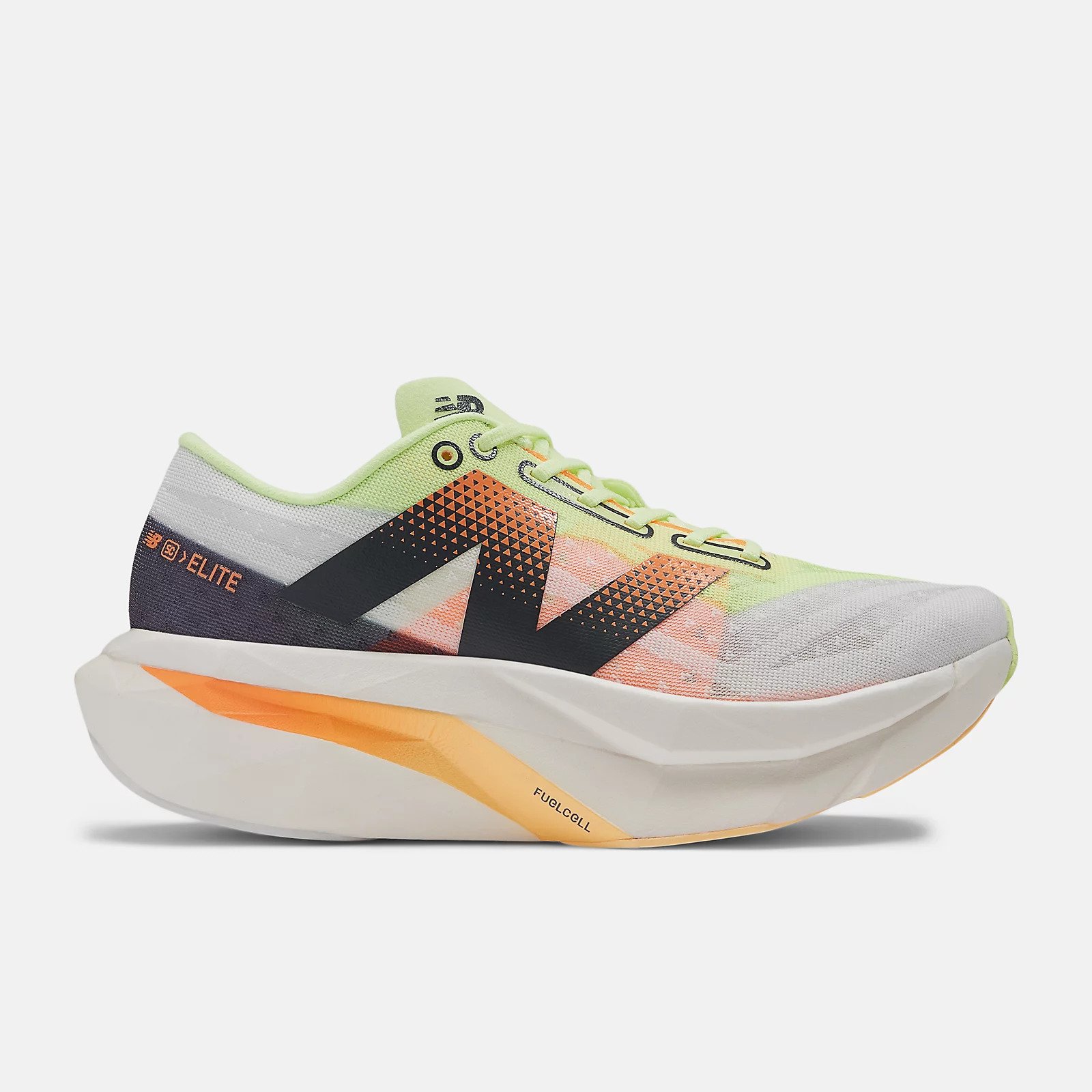
- Weight: M - 7.8 oz, W - 6.1 oz
- Stack Height: 40 mm / 36 mm
- Heel Drop: 4 mm
- Cushioning Type: Balanced/Plush
- Amount of Cushioning: Highly Cushioned
- Stability: Neutral
- Recommended for: Racing, Speedwork, Long-distance racing
The SC Elite V4 stands out as the ultimate speed champion. New Balance has taken the already lightweight design of its predecessors and managed to make it even lighter. But the significant upgrades are in the upper and the midsole. The V4 introduces FantomFit technology, offering a tighter lockdown and a more race-ready feel compared to the V3's knit upper. Instead of the V3's smooth and soft midsole, the V4 boasts a bouncier, firmer 100% PEBA midsole paired with a new carbon plate design. These improvements make the latest New Balance shoes even more optimized for races.
Hoka Mach 6
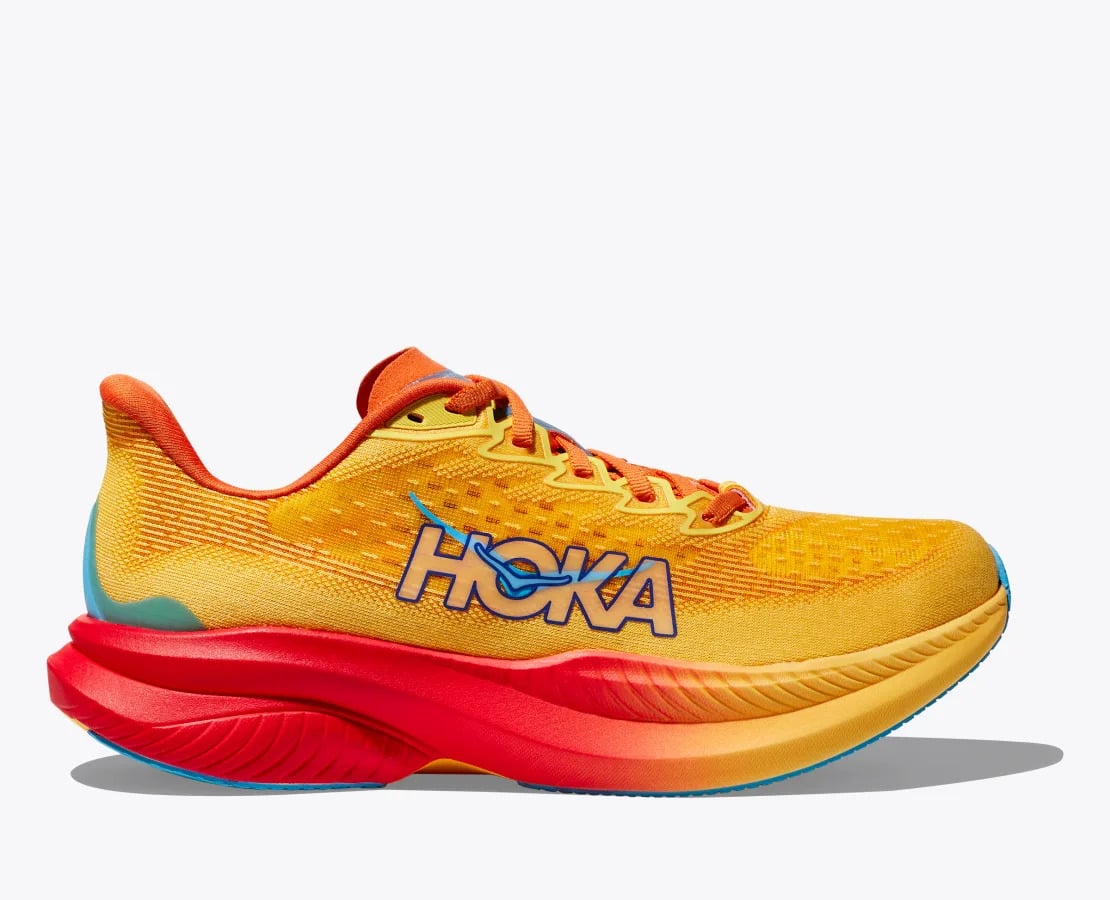
- Weight: M - 8.2 oz, W - 6.7 oz
- Stack Height: M - 37 mm / 32 mm, W - 35 mm / 30 mm
- Heel Drop: 5 mm
- Cushioning Type: Responsive
- Amount of Cushioning: Cushioned
- Stability: Neutral
- Recommended for: Daily Training, Racing
At first glance, you might think the new Hoka Mach 6 and its predecessor are twins – the specs are identical, even down to the weight. However, let’s dig a little deeper. For starters, the Mach 6's midsole now provides a firmer feel underfoot, thanks to its new single-layer supercritical midsole foam. The outsole received an upgrade too, now boasting more rubber coverage for increased durability, and impressively, this comes without any added weight. The upper on the Mach has been slimmed down a bit, making it a better fit for runners with narrower feet (though a wide version is still up for grabs). Overall, the shoe feel has transitioned from softer to more responsive.
ON Cloudmonster 2
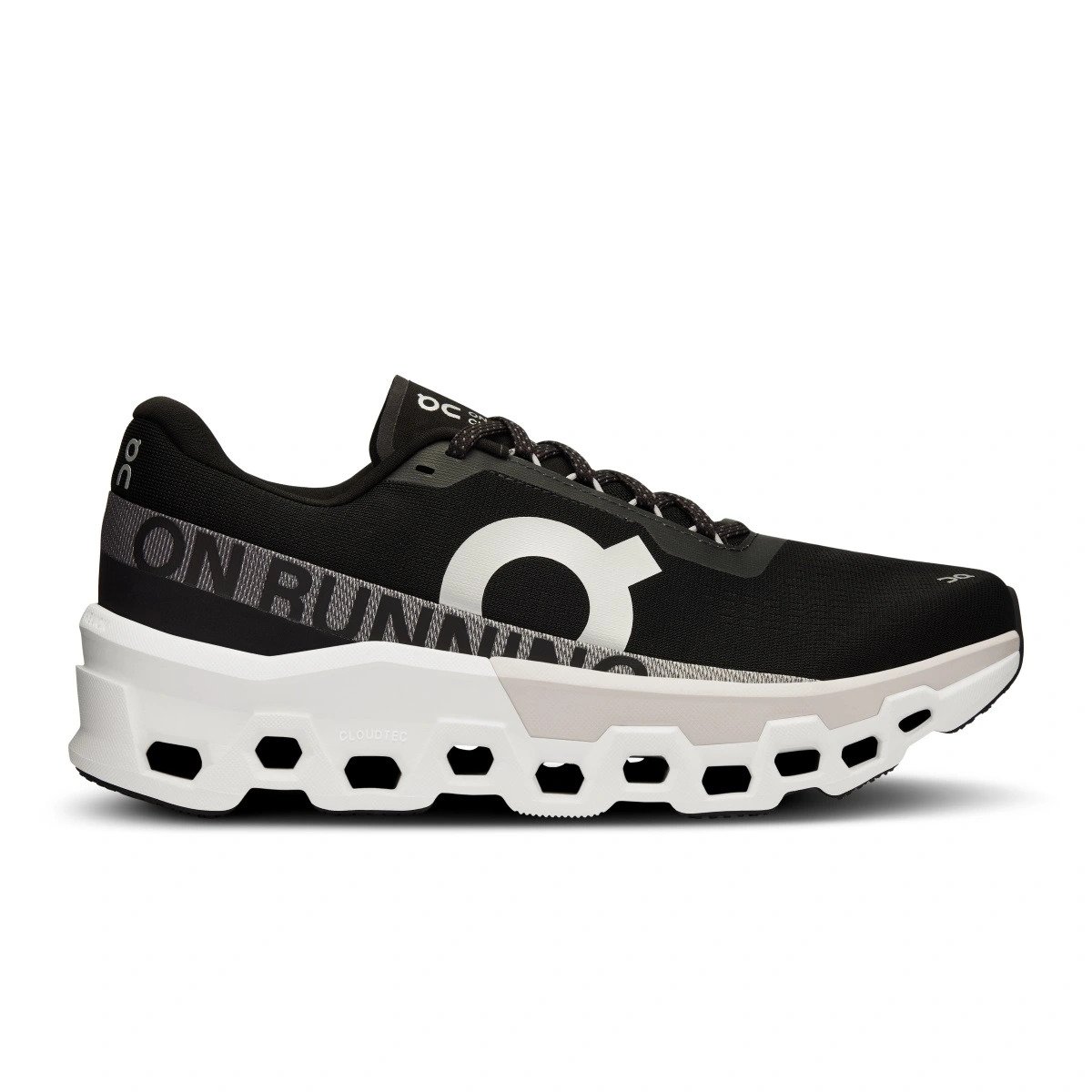
- Weight: M - 10.4 oz, W - 8.1 oz
- Stack Height: 34.5 mm / 29 mm
- Heel Drop: 5.5 mm
- Cushioning Type: Balanced/Plush
- Amount of Cushioning: Highly Cushioned
- Stability: Neutral
- Recommended for: Daily Training, Long-distance racing
ON has always been a trailblazer with its innovative running shoe technology. The Cloudmonster 2, boasting maximalist cushioning, aims to take comfort to new heights, proving that more is indeed more when it comes to shock absorption and energy return. The most notable updates in the Cloudmonster 2 include increased cushioning and a wider toe box. This second version boasts a higher stack - 34.5mm/29mm compared to the original Cloudmonster's 30mm/24mm - yet features a slightly lower drop - 5.5mm vs 6mm. Additionally, shoes also introduce a more pronounced rocker shape. As for the ride, the Cloudmonster 2 veers away from the plush and soft feel typical of ON's other max-cushioned shoes, delivering a more responsive feel instead.
Altra Rivera 4
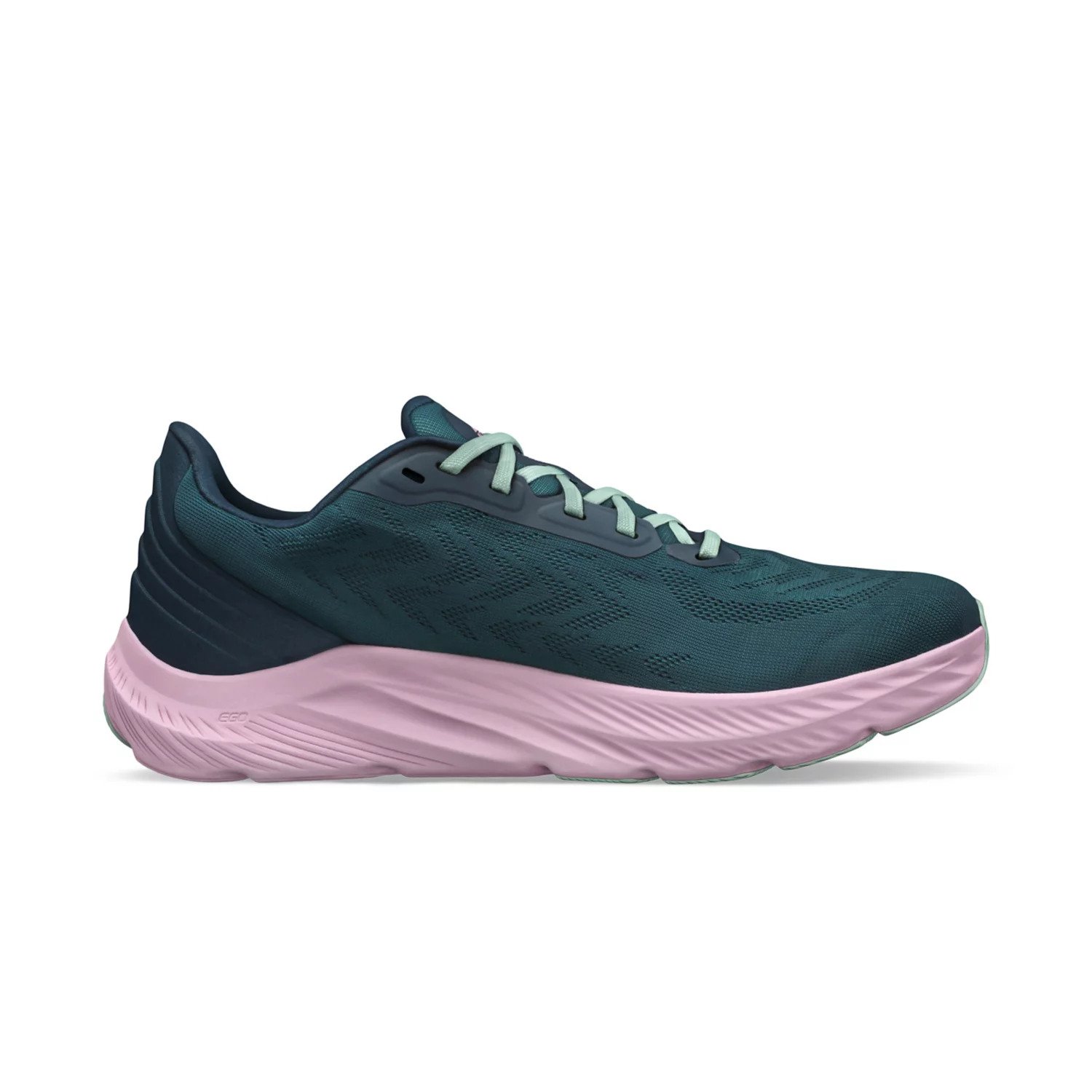
- Weight: M - 10 oz, W - 7.9 oz
- Stack Height: 28 mm
- Heel Drop: 0 mm
- Cushioning Type: Responsive/Balanced
- Amount of Cushioning: Moderate
- Stability: Neutral
- Recommended for: Daily Training
The Rivera 4 is a lightweight and straightforward choice for runners looking for a balanced shoe. In this version, Altra has revamped the upper to offer a slimmer fit, catering to those with narrower feet while retaining its signature spacious toe box. The overall vibe is very neutral, making these running shoes excellent for daily training. Plus, given their somewhat heavier weight, they're especially great for light runs.
Altra Timp 5
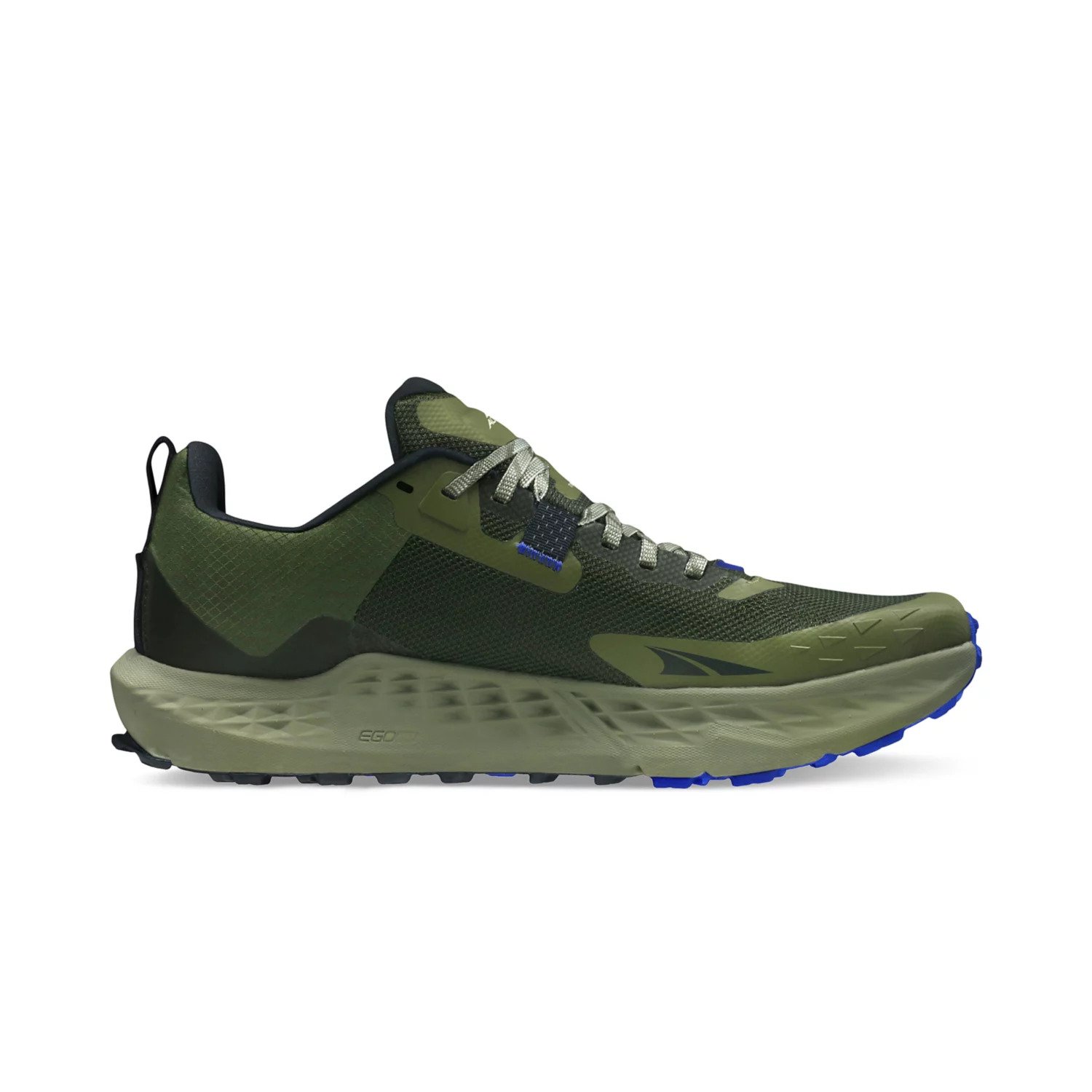
- Weight: M - 9.8 oz, W - 8.6 oz
- Stack Height: 29 mm
- Heel Drop: 0 mm
- Cushioning Type: Balanced/Plush
- Amount of Cushioning: Moderate
- Stability: Neutral
- Recommended for: Long and slow trail running
For runners ready to take on tough terrains, the Timp 5 trail runners offer a perfect mix of cushioning and grip, rivaling the iconic Hoka Speedgoat. The outsole has been upgraded from MaxTrac to Vibram’s Megagrip, ensuring aggressive traction on almost any surface, including snow, slush, mud, or even ice. To facilitate easier striding on trails, Altra has significantly reduced the weight - by over half an ounce in the women’s model and more than a full ounce in the men’s. Additionally, they've updated the Ego Max midsole compound for a softer ride.
Brooks Glycerin 21
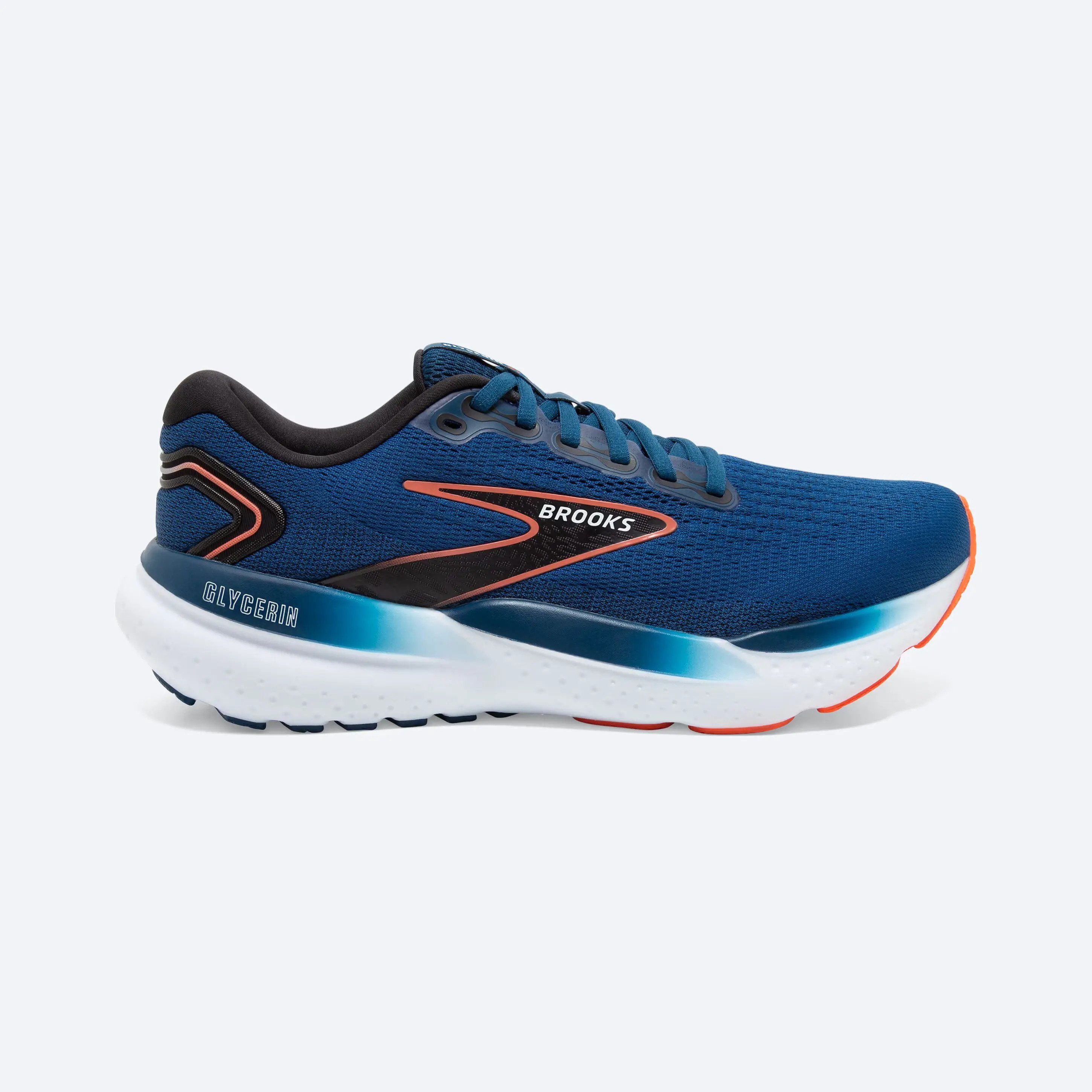
- Weight: M - 9.8 oz, W - 8.8 oz
- Stack Height: 38 mm / 28 mm
- Heel Drop: 10 mm
- Cushioning Type: Balanced
- Amount of Cushioning: Highly Cushioned
- Stability: Neutral & Stability (the GTS model)
- Recommended for: Recovery
Brooks has upgraded its lineup with the Glycerin 21 and its stability counterpart, the Glycerin GTS, designed for runners who demand the pinnacle of soft comfort and dependable stability. The Glycerin 21 debuts an even softer DNA LOFT cushioning with an additional 2mm of midsole foam, ensuring a powerful push-off with every step. In comparison to the Glycerin 20, the 21 features a warp knit upper that's more breathable, flexible, and soft, delivering a seamless and secure fit.
Final Words
Remember, it's not the shoe that does the running; it's you. Your effort, ambition, and dreams all come together with each lap, with your shoes acting as your faithful partners. And with the Spring 2024 running sneaker releases, your search for the perfect running mate is about to get even more exciting.
The upcoming releases promise to be thrilling as well. As we move further into 2024, New Balance and Adidas are set to spoil us with brand-new offerings. Plus, there are many updates to current lineups on the horizon. Among the most anticipated releases are the Adidas Boston 13, Saucony Triumph 22, Adidas Adios 9, Nike Pegasus Turbo V4, Nike React Pegasus Trail 5, Asics Superblast V2, Asics Novablast 5, New Balance Supercomp Trainer V3, and many, many more.
FAQs
What makes the spring 2024 running shoes different from previous sneaker releases?
As we can see from the running sneaker releases mentioned in our review, the trend is towards responsive/balanced or balanced/plush cushioning. Many brands have updated their series with more responsive models.
How do I choose the right running shoe for me from the spring 2024 collection?
Consider your running style, the terrain you run on, the type of running, and your foot type. Look for shoes that offer the support and cushioning suited to your specific requirements.
Should I get new running shoes every year?
The need for new running shoes depends more on mileage and wear rather than time. Generally, it's recommended to replace your running shoes every 300-500 miles to ensure optimal support and cushioning. However, if you notice uneven wear patterns, discomfort, or decreased performance, it might be time for a new pair. Annual replacement can be a good guideline for casual runners, but more frequent replacements may be necessary for those who run higher weekly mileage.
EXPLORE POPULAR ARTICLES
-
Run Bright, Stay in Sight: Reflective Gear for Night Running
Dec 10th 2025When winter comes, the days get shorter, and the sun sets before we’re done with our day. If you’re
-
Saucony Ride vs Brooks Ghost: Choosing a Daily Trainer
Dec 3rd 2025In this post, we’re comparing two good daily running shoes - the Saucony Ride 18 and Brooks Ghost 17
-
Adrenaline vs. Glycerin: Comparing Brooks Stability Shoes
Nov 19th 2025Here, we briefly compare two popular Brooks overpronation running shoes - Adrenaline GTS vs Glycerin

![Running Shoes of Spring 2024: Best Sneaker Releases [Review] Running Shoes of Spring 2024: Best Sneaker Releases [Review]](https://cdn11.bigcommerce.com/s-eeul26hjka/images/stencil/1280x720/uploaded_images/running-shoe-releases.jpg)



